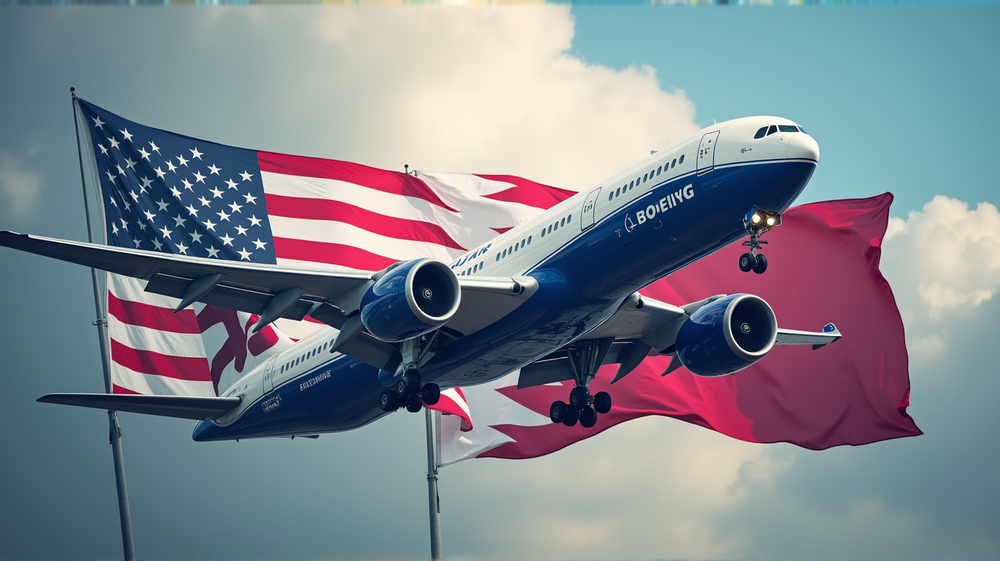President Trump’s recent visit to the Middle East not only solidified international alliances but also marked a historic economic achievement. As part of his four-day tour across the region, a groundbreaking $200 billion deal with Qatar was secured, featuring Boeing as the centerpiece of this monumental agreement.
The Economic Windfall
This Boeing deal with Qatar demonstrates a significant boost to the US economy, highlighting the ever-important aerospace industry. As diplomatic dialogues transformed into tangible outcomes, this agreement will not only provide economic benefits but also foster job creation back home.
Forging Stronger Ties with Qatar
During his second day in Qatar, Trump’s administration was keen on reinforcing ties with this key ally in the Gulf. According to CBS News, this diplomatic visit underscores the mutual interests both the US and Qatar have in maintaining stability and commerce in the region.
Strategic Importance of the Visit
The strategic significance of this deal extends beyond commerce. It signifies a reinforcing of US-Qatar relations amidst wider geopolitical uncertainties in the Middle East. Such agreements illuminate the administration’s broader foreign and economic policy goals, particularly in turbulent regions.
Global Repercussions and Reception
Globally, this announcement is expected to stir various reactions among both supporters and critics. With an emphasis on multinational cooperation, this move could potentially redefine global trade dynamics and bring more countries into similar negotiations with the United States.
Conclusion
With this visit, President Trump’s narrative of ‘America First’ takes a substantial step forward, reinforcing international trade ties and ensuring that American industries like Boeing remain pivotal on the world stage. As the tour proceeds, eyes will remain on other potential deals and diplomatic breakthroughs that could further shape international relations.
President Trump’s Middle Eastern tour unfolds as a strategic blend of diplomacy and economics, etching a new chapter in the dynamic evolution of US foreign policy.












